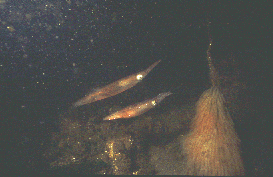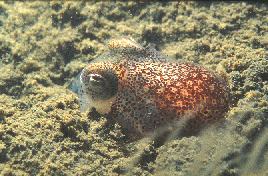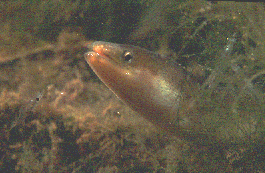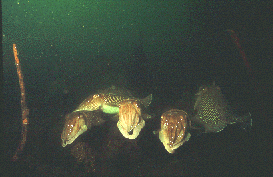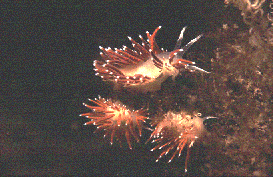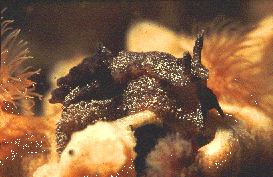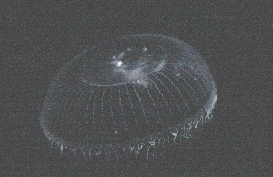| pictures:
Marion Haarsma |
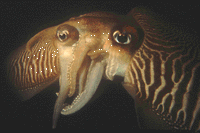 Paring Sepia's |
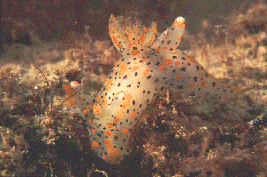 Gestippeld mosdierslakje |
 Snotolf |
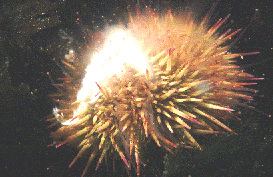 Parende zee-egel |
| PERIOD | OOSTERSCHELDE | GREVELINGEN |
| Jan-March | Aeolidia papillosa | Sea scorpion + eggs |
| Febr-Apr | Aeolidia papillosa + eggs | Aeolidia papillosa + eggs |
| March-May | Tubularia + eggs |
Tubularia |
| April | Whelk + eggs | Zagers (nachtduik) |
| Apr-May | Onchidoris bilamellata | Onchidoris bilamellata |
| Apr-June | Dendronotus
frondosus + eggs Moonjellyfish (Aurelia aurita) Coryphella gracilis |
Gasterosteus aculeatus Moonjellyfish (Aurelia aurita) |
| May | Jorunna tomentosa | Black goby + eggs |
| May-July | Loligo
vulgaris + eggs Sepia officinalis + eggs Lionmane Jellifish Sealemon + eggs (Archedorus pseudo-argus) |
|
| May-Aug | Acanthodoris
pilosa Elysia vindis |
|
| May-sept | Janolus cristatus + eggs | |
| June | Cuthana
concinna Facelina coronata Goniodorus castanea Facelina bostoniensis mating seaurchins |
|
| June-July | Sabella
pavonina Dahlia anemone Archidorus pseudo-argus Tecacera pennigera Aequipecten opercularis |
|
| July | shedding Fiddler crab | Pipefish |
| August-Sept | Compass
Jellyfish juvenile sepia's horseshoe worm |
Lobster Parablennus gatrugina Sepiola atlantica |
| Sept | Rhizostoma
pulmo Elysia viridis |
Palaemon serratus |
| Oct | Pandalus montagui | Agonus cataphractus |
| Of course there are many animals who are always there, like the sandshrimp, lobster and seabass. These are also fun to keep track of. Have a lot of fun with your logbook! | ||
